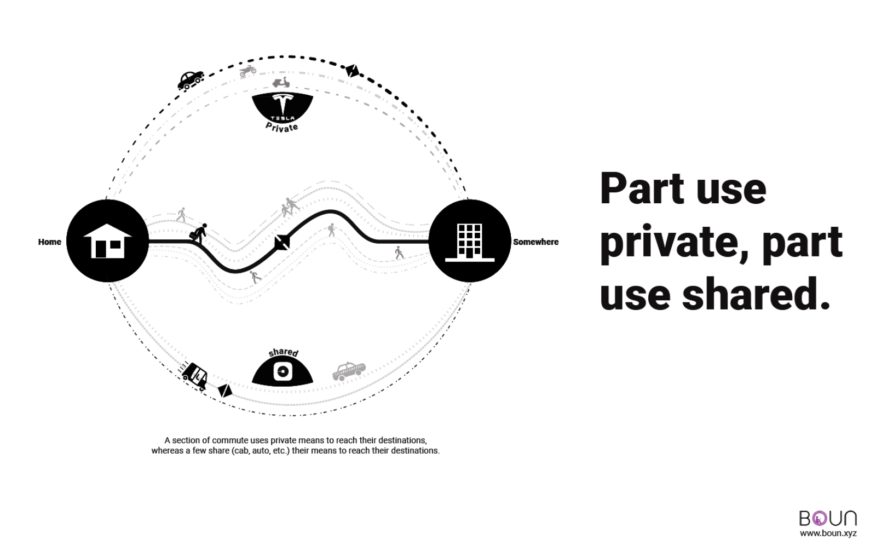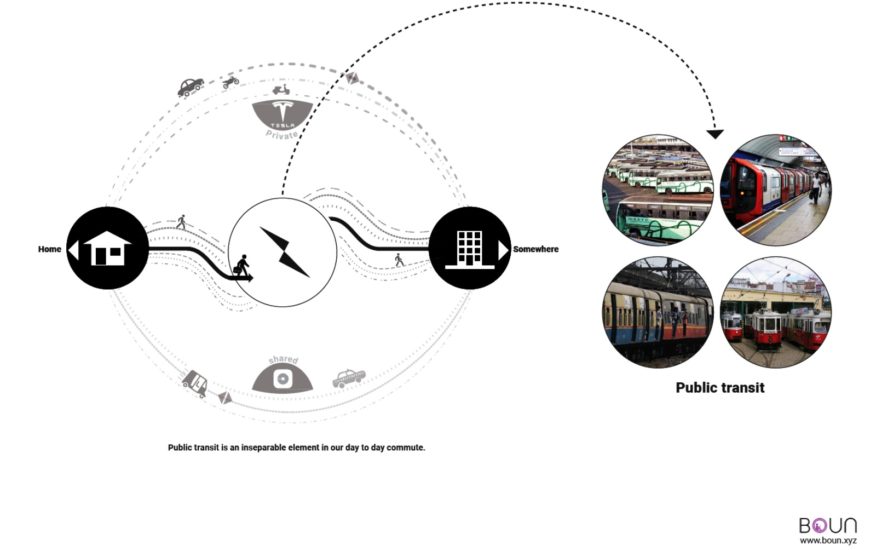
The metro, local rail or the bus transit being considered the best and most widely accessed modes of transportation, need constant modifications to keep up with the increasing population and requirement of facilities.

But to what extent and frequency can we expect these changes to occur? Seating requirement is one of the most common issues, with a changing number of commuters each day and at each station.

Having the physical constraints of a vehicle, we definitely cannot expect a constant proportional increment, instead could find a personalised solution to it. Can ‘carrying a seat of our own’ be an answer to these prevailing issues? Does it necessarily need to be a ‘seat’ in the first place?

Challenge
With the increasing pace of technological advancements, many ideas seem workable, either leading towards innovation in the existing systems or invention of a new one.

The solution need not necessarily be dealt with seating. It could very well be something which makes standing less tiring.The product could just have one purpose, i.e to solve the stated problem, or have added functionalities as well. It needs to be light in weight and portable in nature.

It can either be dedicated to daily commute, or used for various purposes. A sustainable, low-cost and user-friendly product shall be highly appreciated. The main objective is to provide sufficient comfort, and not luxury.

It should be universally applicable for majorly accessed means of commute irrespective of physical constraints. The product when being or not being used, should not create hindrance to other passengers. Source and images Courtesy of BOUN.

